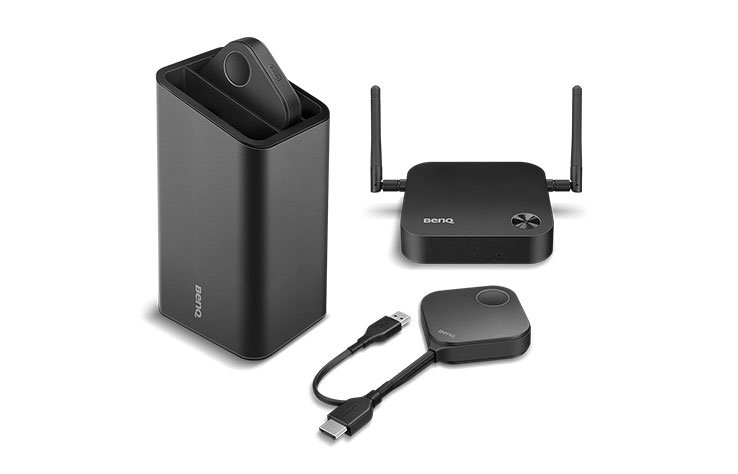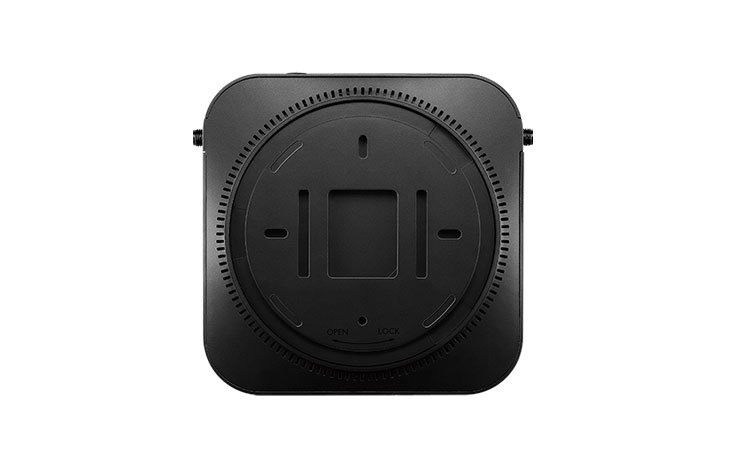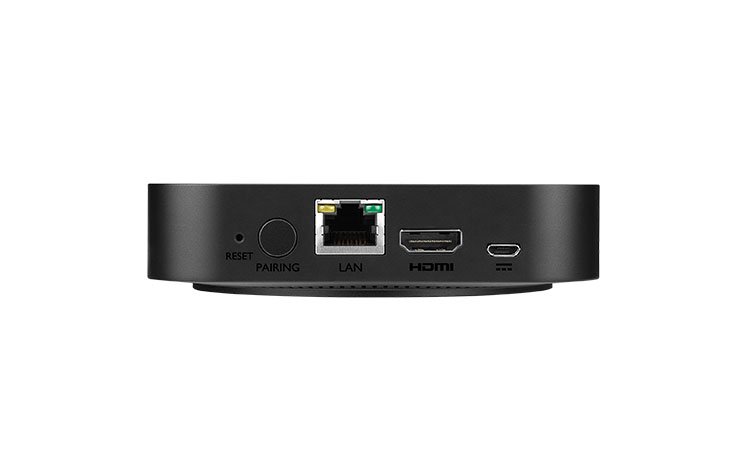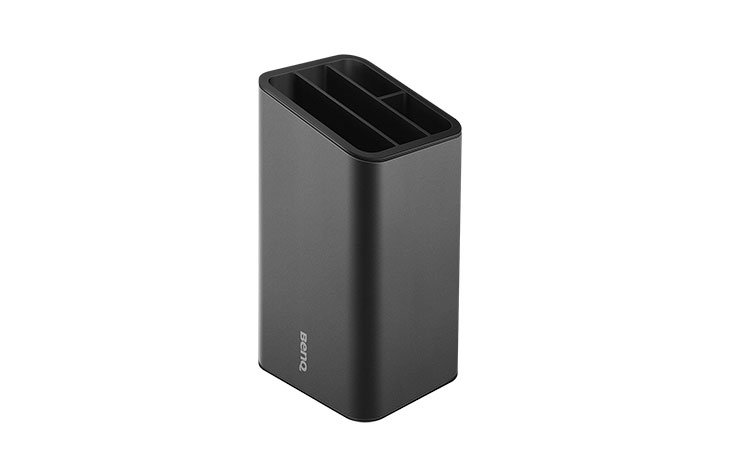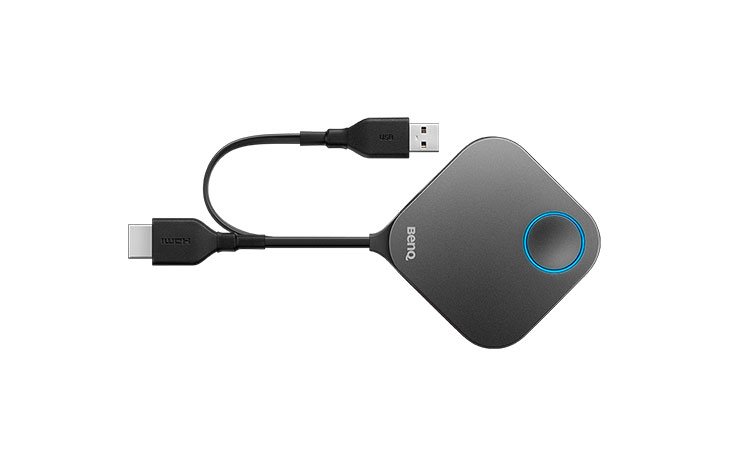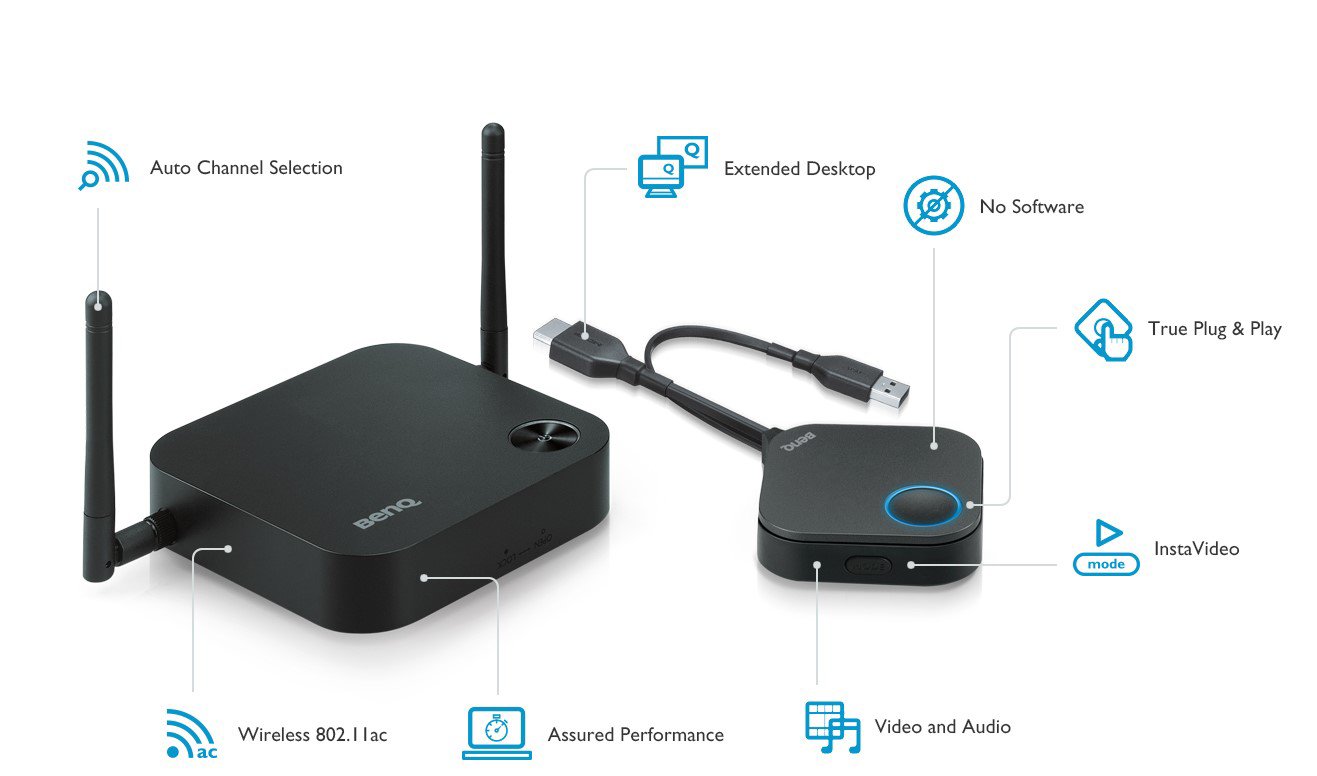What is the difference between BenQ InstaShow WDC-10 and Miracast ?
- 2020-03-10
When growing companies begin to have more meetings, the appeal of a wireless presentation system begins to grow rapidly. According to Futuresource, 40% more wireless presentation systems were sold in North America than the previous year. So why would companies spend money on a wireless presentation system when Miracast is built into Windows? This article helps explain the differences between a dedicated wireless presentation solution such as InstaShow and the wireless streaming technology protocol Miracast.
What is Miracast?
The Miracast standard was introduced by the WiFi Alliance in 2012 has been part of the Windows and Android operating systems for many years. Like Apple Airplay (link to the Apple TV article) it was originally designed as a consumer product to devices to wireless stream content to home televisions, and has been upgrade over time to enable use in education and meeting room spaces. There are many wireless products that use Miracast for wireless content, including BenQ touch panels and mobile projectors.
What is the BenQ InstaShow?
The BenQ InstaShow was designed for commercial meeting room use and designed to enable presenters to quickly connect any Mac, Windows, Chromebooks, and other AV devices securely to a projector or shared display using a physical transmitter button that plugs into the HDMI or USB-C port.
To compare these systems, we will look at three areas important to both the IT staff and meeting room users.
- • What devices can I use with the system?
- • How easy is it for visitors to use?
- • How does each system address security concerns?
While Miracast is built into Windows and some Android devices, it is not compatible with Apple MacBook’s and other iOS devices. According to Gartner, Mac devices continue to gain share in 2019, and are now common in corporate environments. There is also no way to enable dedicated AV devices, such as a Blu-Ray player or document camera, to use Miracast unless they are connected to a notebook.
Finally, the display used in the meeting room needs to support Miracast. While some displays, such as the BenQ RP7502 Interactive Flat Panel are Miracast compatible, there are many older projectors and displays that will need upgrading or adapters to work with Miracast.
The InstaShow is designed to work with any notebook or dedicated AV device – just like a monitor. You simply plug in your HDMI or USB-C button to any Windows notebook, MacBook, ChromeBook, camera or media player and tap when the light turns green to connect to your projector or display. The InstaShow’s versatility removes the worry that a device may not work in a meeting room environment. Each InstaShow receiver can support up to 16 buttons in a meeting room.
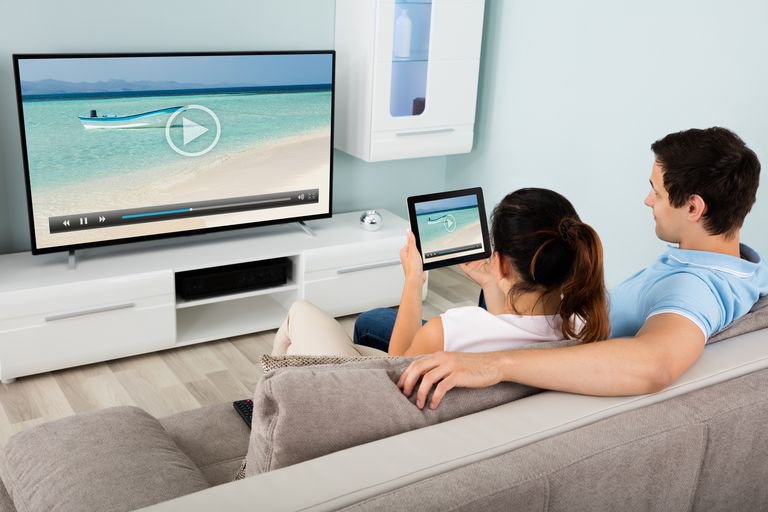
Because InstaShow is not dependent on a specific operating system or display technology, it is significantly more versatile than using Miracast in a meeting room environment to support BYOD collaboration.
Huddle spaces and smaller meeting rooms often host vendors, consultants, and other outside visitors where ideas need to flow quickly to keep the collaboration processes flowing. So which of these two wireless systems are easier for visitors to use with their notebook computers?
Assuming that the visitor does not want to present on a MacBook or other system that does not support Miracast, a presenter can connect to the Miracast supported display on a Windows notebook by taking the following steps.
1) Ensure your display supports Miracast, and if not, purchase a Miracast adapter
2) Make sure both the notebook and display are on the same network
3) Swipe in from the right edge of the screen and tap Devices
4) Click “Project” and “Add Wireless Display”
5) Choose the wireless display listed in the menu
6) Choose how you want to project your notebook (such as mirroring or a second screen)
7) Click on the lower right corner, select device, and click Disconnect when finished.
Like Apple Airplay, Miracast can broadcast content to a screen, but may not be ideal for a fast paced corporate meeting with multiple presenters using a variety of devices. The time spent for each presenter to connect to a display using the steps above can slow down a fast paced meeting such as a software development scrum meeting.
For a visitor to use an InstaShow in a huddle space or meeting room, the visitor simply plugs in an InstaShow transmitter button to their notebook using the HDMI or a USB-C connector. No software is needed to be installed on the visitor’s notebook. To switch presenters, the new presenter simply pushes their button to take over the screen.
To enable smooth video streaming, the visitor presses the “Video” button on the side of the transmitter which will then automatically optimize the stream for video and audio playback.
The BenQ InstaShow enables a conference room visitor to present, regardless of the type of notebook or device they are using. For both Mac and Windows users, the InstaShow can save valuable meeting time for visitors since they do not need to log into a network. The InstaShow also makes it easy for a visitor to share content using other AV devices such as a document camera.
Security is a major component in choosing a commercial wireless system. From product launches to salary reviews, it is essential that information shared during collaboration sessions stay private. There are two areas of concern for most companies.
1) Presentation content being watched or recorded by unauthorized employees or hackers
2) Using network vulnerabilities on wireless presentation systems to gain access to the company network.
Miracast is an evolution of Intel’s proprietary Wireless Display (WiDi) technology that uses the Wi-Fi Direct protocol and communicates directly between device and dongle without going through a Wireless Access Point or router. Because of its peer-to-peer architecture, it is dependent on the device maker’s implementation to ensure security. In 2018, there were a number of devices that were vulnerable to hacking using this technology, so IT managers will need to evaluate the components of their system to ensure that the system is secure.
The InstaShow is designed from the beginning for security. The transmitter buttons use a closed network and advanced 128 bit encryption to ensure that each presentation transmission cannot be captured or recorded by unauthorized external or internal users. Unlike Miracast, there is no requirements for the notebook to log into a network. Recent testing by Washington D.C. cybersecurity expert Kenneth Buckler evaluated the security features of the InstaShow and provided additional tips on how to setup the unit for maximum security.
The security requirements for a basic streaming technology like Miracast and commercial wireless presentation systems are significantly different. The BenQ InstaShow ensures that every presentation is encrypted and protected from unauthorized viewing. The InstaShow also does not require a network login – protecting the corporate network as well. For the finer details of the security elements of each system, you can download the BenQ InstaShow Security White Paper at the link below.
While Miracast is a solid technology for many applications such video streaming, it is not an ideal stand-alone solution for huddle spaces or meeting rooms. It lacks the ability to work with Apple MacBooks, and simple tasks such as changing presenters can take extra time. Because Miracast is a technology – not an end product, its performance and security can be impacted by how the technology is implemented into a final product. At BenQ, we use Miracast for applications such as classroom wireless screen sharing, and wireless projector adapters to stream video content, but for our own meetings, we use the InstaShow with buttons for each presenter to keep our meetings running on time. (link to meeting room efficiency article)
While the InstaShow is more expensive than an entry level Miracast adapter, it does have a number of advantages for meeting rooms and huddle spaces. The BenQ InstaShow is a simple and efficient system that enables each presenter to connect to the screen in just seconds without software hassles. For a typical 8 person mid-level management meeting, each hour of time can cost over USD$500 – which makes every minute count.
The biggest advantage of InstaShow over Miracast is that it can connect to a wide variety of devices outside the Windows and Android ecosystem. With its USB-C transmitter buttons, it can quickly connect to any current MacBook, but also connect to older Windows notebooks and AV devices such as document cameras via the HDMI buttons.
Finally, the advanced encryption and other security features of the InstaShow protects from unauthorized internal or external recording of sensitive presentations. With its button design and holder, the InstaShow also has won both the iF Design and Good Design awards for beauty and functionality, demonstrating that it not only works well, but it will also add style and class to your meeting space.
Bottom Line – the Miracast is a great consumer device for streaming digital content, but for a commercial meeting room or huddle space, the InstaShow has the versatility, security, and ease of use to keep your meetings running on time.
